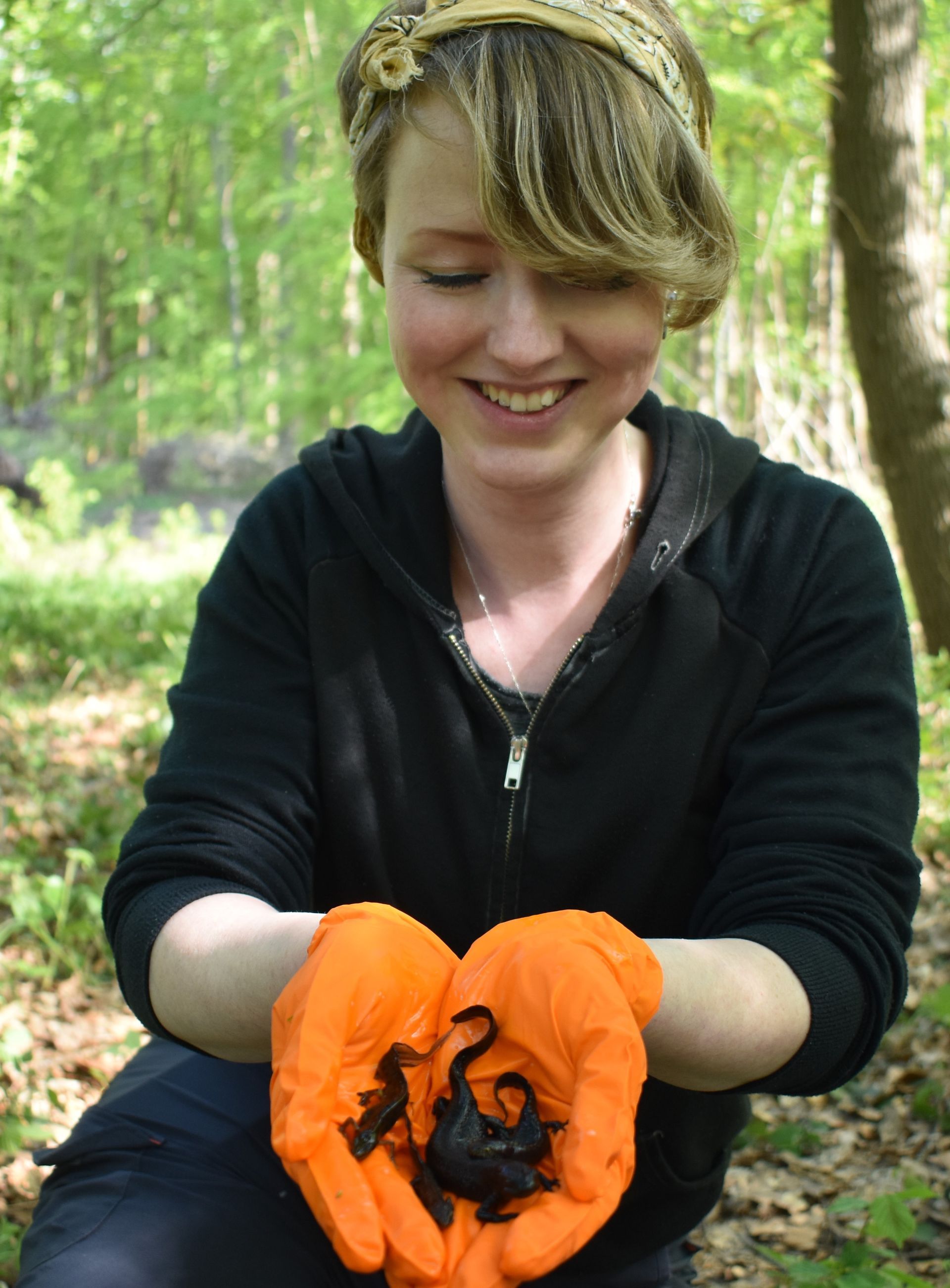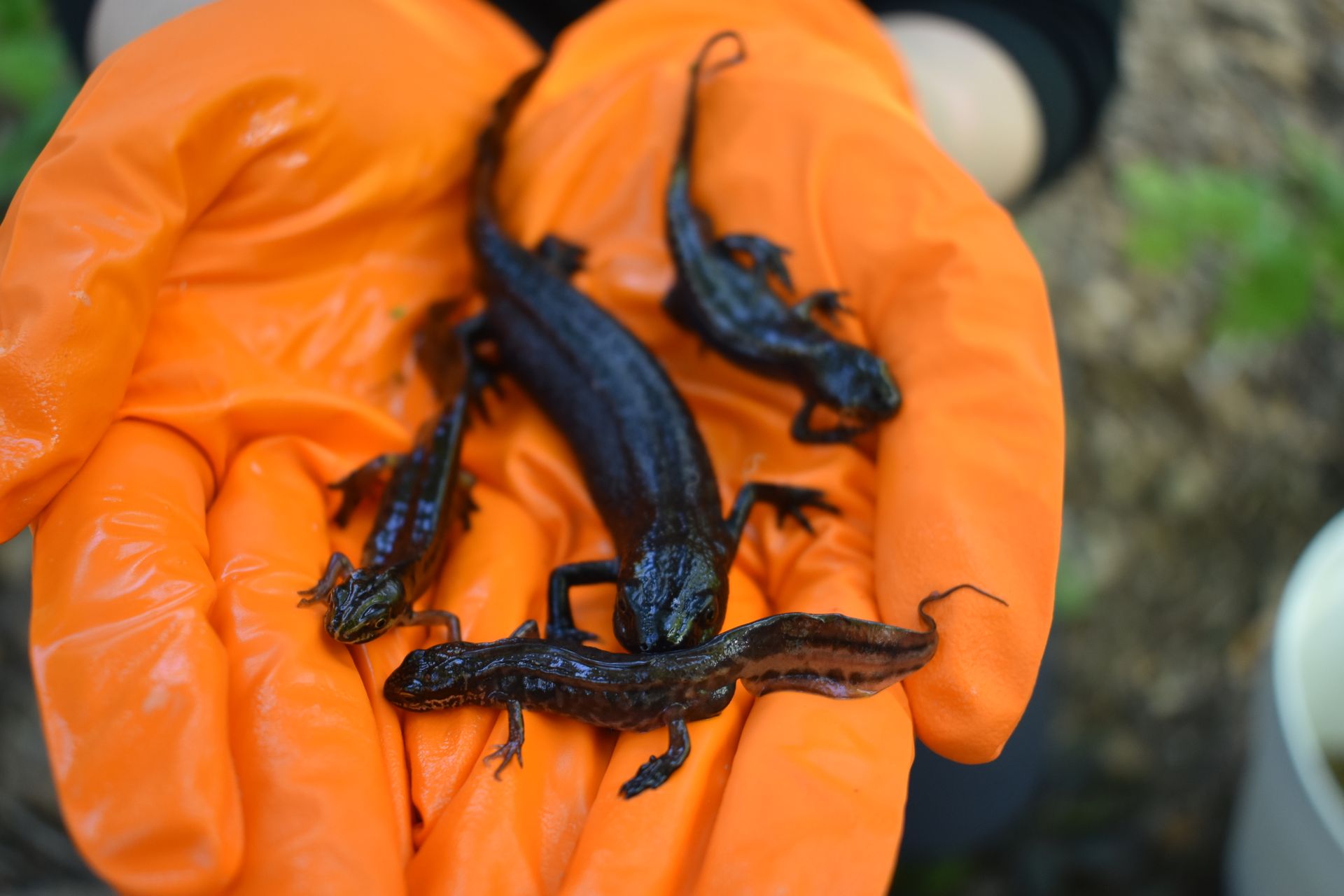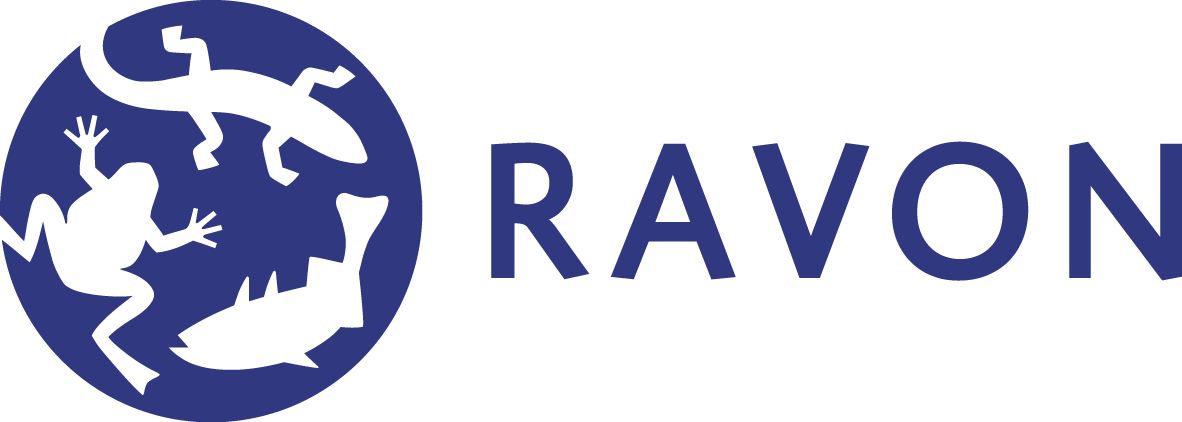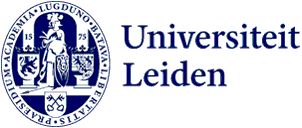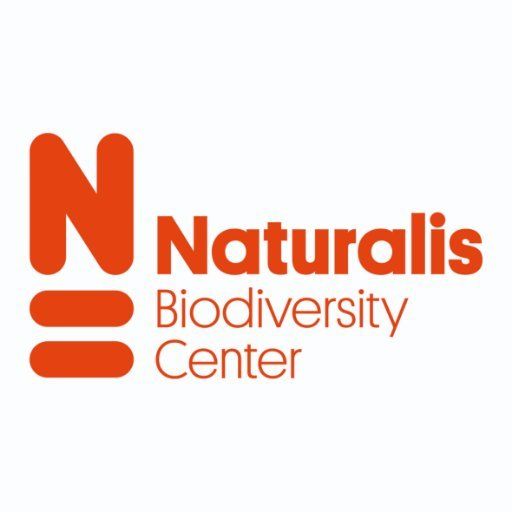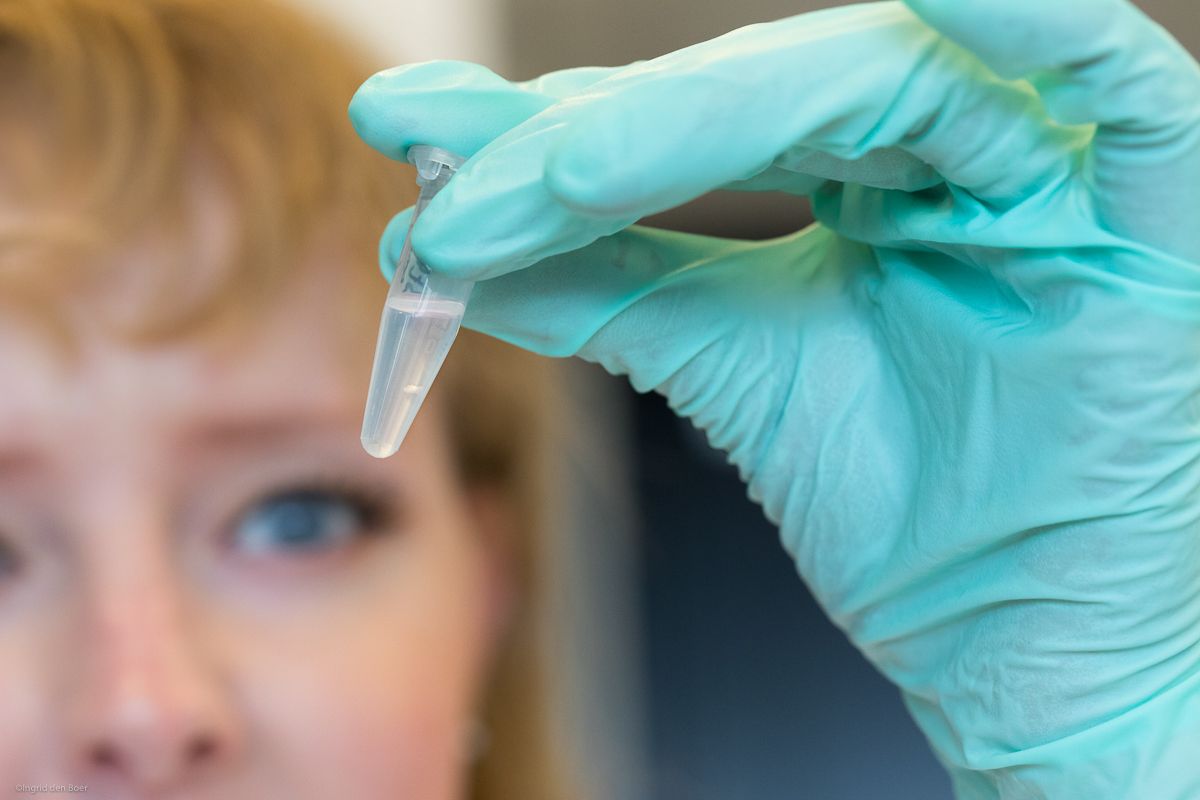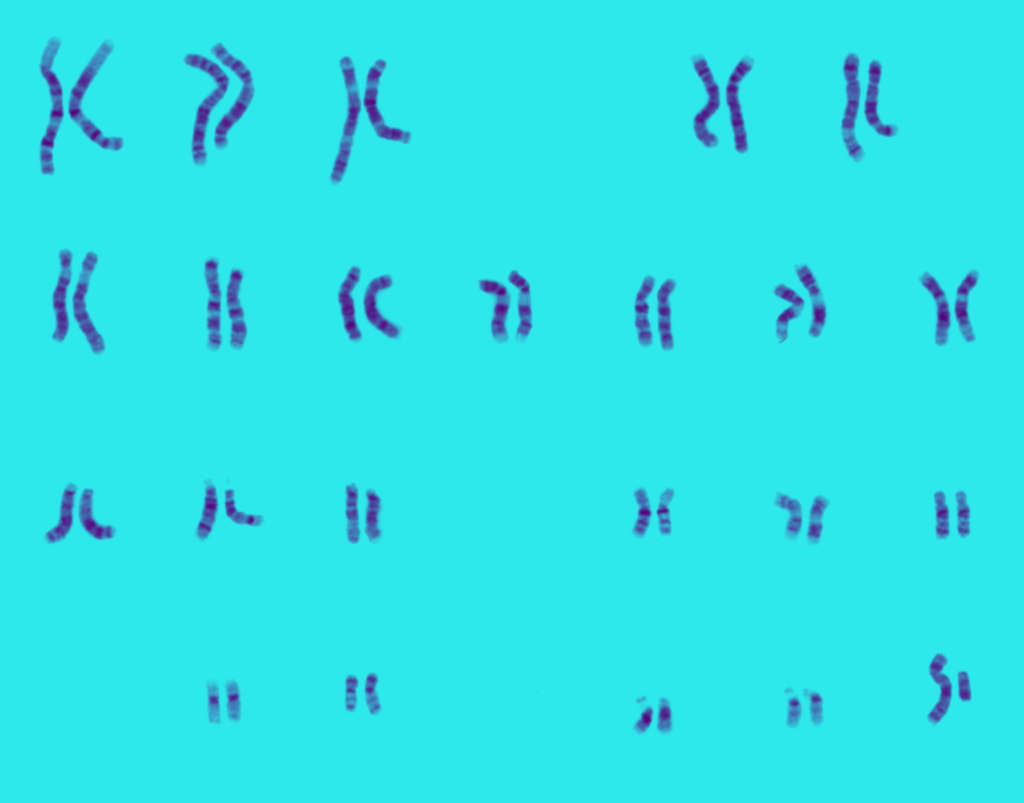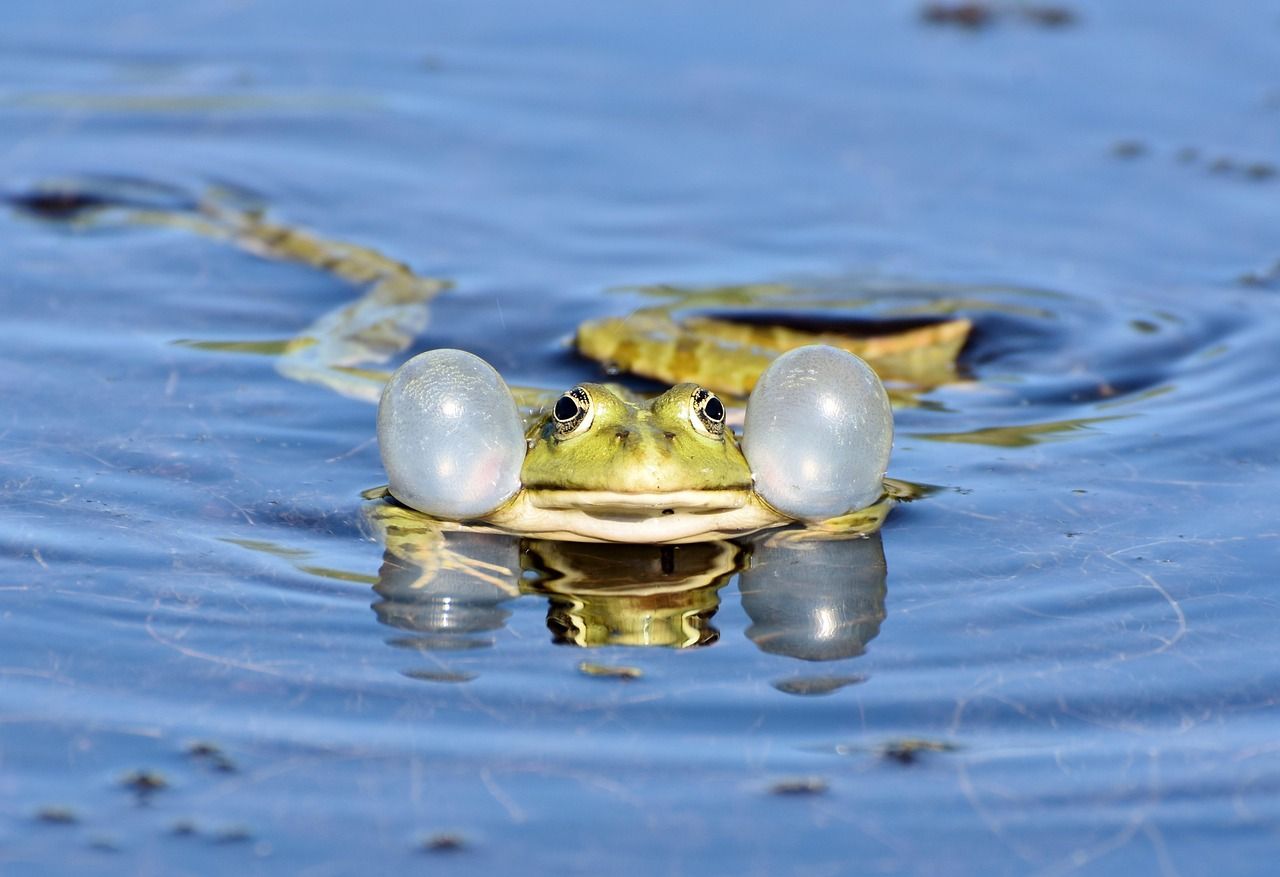Why are amphibians 'bioindicators' - and what does this mean?
(Engelse versie blog, voor de Nederlandse versie klik je hier)
25 apr, 2023
Because of their vulnerability to pollution and environmental changes, amphibians are considered handy ‘bioindicators’. Simply said: if you see a frog or salamander, you likely find yourself in a healthy environment. Such a good environmental quality is important not only to amphibians, but to all of nature and biodiversity – including humans.
Amphibians are a group of animals that includes frogs, toads, salamanders and the lesser known caecilians. These animals have appeared in many ancient myths, legends and other stories, mostly because they were considered mysterious creatures. You are probably familiar with the story where the princess kisses a frog, which then turns into a prince. In the original version of the story by the Brothers Grimm the frog was actually not kissed by the princess. On the contrary! Instead of receiving a kiss, the poor frog was thrown into a wall to initiate its remarkable transformation into human being. But the fairytale has been changed through time in order to get rid of the sharp edges, as to make the story more animal friendly and less scary to children.
Rewritten fairytales and a changing, natural world
Nowadays, we know much more about amphibians. They are not as mysterious as our predecessors thought, but that does not make them any less interesting! Amphibians fulfill important ecological and economic roles within ecosystems. They are indispensable in the natural food chain, both in water and on land and without them, the chances are high that ecosystems would collapse.
Nature is not particularly doing well: just in the way humans have rewritten fairytales, humans worldwide have altered the natural environment of many animals. But the difference is that this unfortunately did not always lead to a better situation for the animals. This goes for amphibians as well, an animal group which appears to be of value in monitoring the environmental quality.
[Text continues after photo]
The importance of amphibians in nature and science
Amphibians keep insect populations, and thus pests, in check. They help manage algal blooms in waters and provide in decomposition and nutrient cycling through waste excretion. They also improve soil quality by digging burrows (similar to the more familiar example of rainworms). And, perhaps most importantly, they are an important food source to various types of organisms, including animals like; mammals, birds, fish, reptiles, and even other amphibians! In some societies, humans depend on amphibians as a food source too.
Besides all of these natural functions, amphibians also help move medicine and science forward as they are generally studied as model organisms. For example, frogs have been frequently investigated in studies on embryology, growth and toxic substances. And salamanders, for instance, are the focus of many studies because of their amazing capability to re-grow limbs and other body parts. Overall, it is safe to say that the biology of amphibians teaches us a lot about evolution, health and natural processes.
Being lectured by a sensitive skin!
In one of the first 'DNA talks', videos that I make for Naturalis, I explained about the similarities between the DNA of humans, chimpanzees, bananas and fruit flies (below). This video partially inspired the exhibition designers to include a chimpanzee, as well as a banana, in the evolution room, as a way to showcase genetic relatedness among organisms. My colleagues contacted me for more information after seeing the video: we had a nice chat about how I actually studied chimpanzees before I came to Naturalis, when I still worked for Apemanagement, Wageningen University and the Jane Goodall Institute NL. And we all became super excited about the idea for this new display!
[Text continues after photo]
Amphibians, our helpful bioindicators, are in danger
Amphibians are currently in trouble. Despite conservation efforts, they are facing a mass extinction crisis. This is alarming, because they represent a healthy environment – something that is of direct importance to human health, too. Sir David Attenborough mentioned the following on the matter:
"Amphibians are the lifeblood of many environments, playing key roles in the function of ecosystems, and it is both extraordinary and terrifying that in just a few decades the world could lose half of all these species." You can read more about why amphibians are not doing very well here: ‘Six reasons why amphibians are declining worldwide’.
My wish: a metaphorical kiss to all amphibians!
We have already changed the fairytale around: the princess respects and kisses the frog, instead of catapulting it around. Kissing frogs and salamanders in real life is not a good idea and is also not recommended (luckily, little people will be saddened by these words of advice). But the least we can do for amphibians in the modern world is realize rather sooner than (too) late that they are a reflection of the natural health and beauty of our planet – and thus protect them. Underneath their sensitive, fascinating skins they may not be princes, but something much better: indicators of life. Amphibians need a metaphorical kiss of humankind in order to thrive.
This is why many scientists study amphibians and why conservationists worldwide are taking action to protect amphibians in the wild. There is an increasingly louder call for the reduction of pesticides and fertilizers in agriculture and a growing sense of responsibility to reduce the use of pollutants by industries - as well as by households. It is quite simple: the cleaner and more natural the environment, the more amphibians will be attracted to it. So the next time you see a toad hopping around in your garden, or a salamander swimming a pond nearby, take some time to appreciate their presence. It literally means the world!
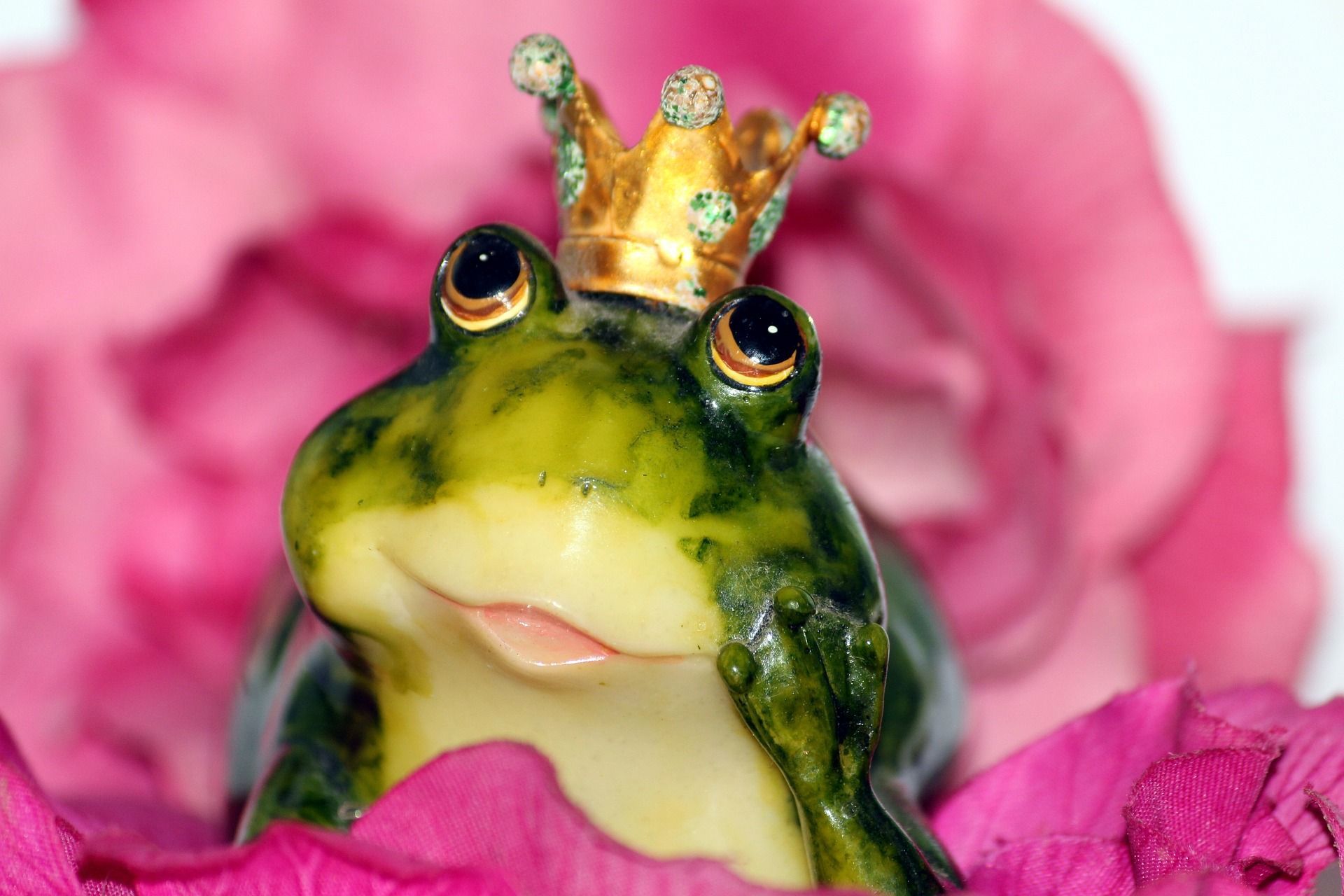
1 Valencia-Aguilar, A., Cortés-Gómez, A.M. & Ruiz-Agudelo, C. A. (2013) Ecosystem services provided by amphibians and reptiles in Neotropical ecosystems, International Journal of Biodiversity Science, Ecosystem Services & Management, 9:3, 257-272, DOI: 10.1080/21513732.2013.821168
2 West, J. (2018). Importance of Amphibians: A Synthesis of Their Environmental Functions, Benefits to Humans, and Need for Conservation. In BSU Honors Program Theses and Projects. Item 261.
3 Hocking, D.J. & Babbitt, K.J. “Amphibian contributions to ecosystem services.” Herpetological conservation and biology (2014).
4 Background information on the fairytale of "The Princess and the Frog" (in Dutch)
Photos: Pixabay CC0.


